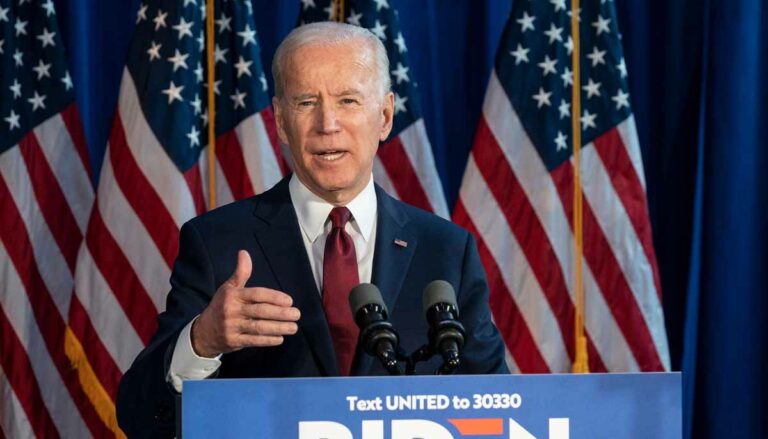In prior election years, questions about the transfer of power have not been pressing matters of national security for the average person. After all, there is a robust system in place to direct incoming and outgoing administrations on how to handle the transfer of power.
However, recent events have complicated this situation somewhat, with Donald Trump refusing to concede to President-elect Joe Biden.
Today, we’ll be bringing you up to speed on the formal process of the transfer of power so you can have a better understanding of how the legitimacy of the presidency is derived.
Transition Teams
The work of setting up transition teams often begins shortly after the primaries for each political party have wrapped up. The leading candidates from each party typically prepare for a transition of power in the Spring of an election year by gearing up with experts who know the ins-and-outs of the White House.
Laws on the books require sitting presidents to have established transition teams by June of the election year. This is a matter of national security: a smooth transfer of power is critical to any functioning democracy. Under normal circumstances, the incoming and outgoing administrations work closely with one another during this period to ensure a smooth process.
Secret Service
Before Election Day, leading political candidates are extended Secret Service protection under an act of Congress that was passed following the assassination of Robert Kennedy in 1968. Senator Kennedy was a presidential candidate, and, at that point in time, candidates did not receive a Secret Service detail.
In the modern era, the candidates from major parties receive this protection early on in order to preserve the integrity of the democratic process.
Electoral College
The election is the first Monday after the first Tuesday of November. The public votes for the president and vice president, though their votes actually select a slate of Electors in the Electoral College.
Those Electors are based on each state’s number of Congressional representatives. When the Electors convene to cast their ballots, they are then received by Congress, who reads the votes aloud on the floor.
At this point, the president-elect, should that person not already be president, begins receiving intelligence briefings at a faster rate than when they were a leading candidate. Likewise, at this point, they will begin beginning their key White House staffers.
Inauguration Day
On January 20 following the election, the president-elect is sworn into office and becomes President of the United States. The day is full of traditional events including a morning worship service, an inaugural lunch, and a parade from the Capitol to the White House.
However, the part that certifies the president-elect as the president is the swearing-in ceremony, when the Chief Justice of the Supreme Court administers a ceremony that concludes in the president solemnly swearing to uphold and defend the Constitution.





